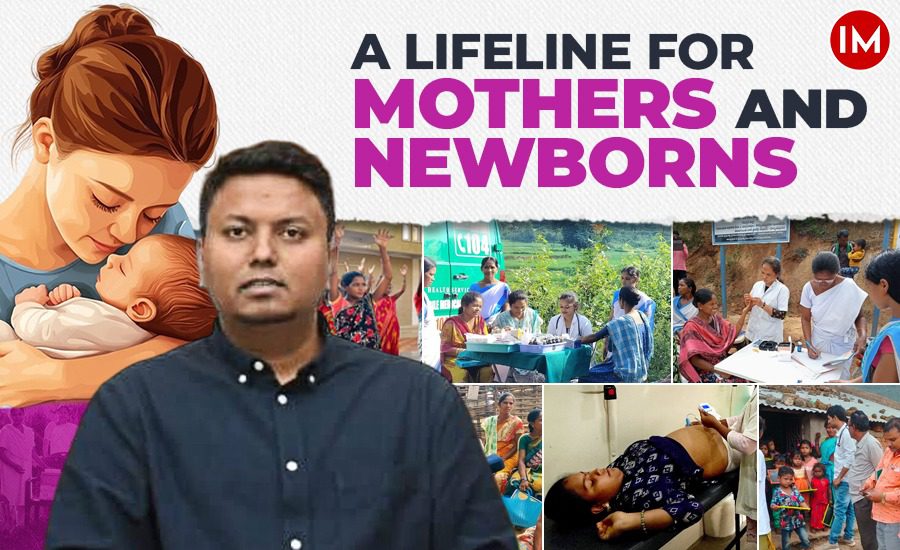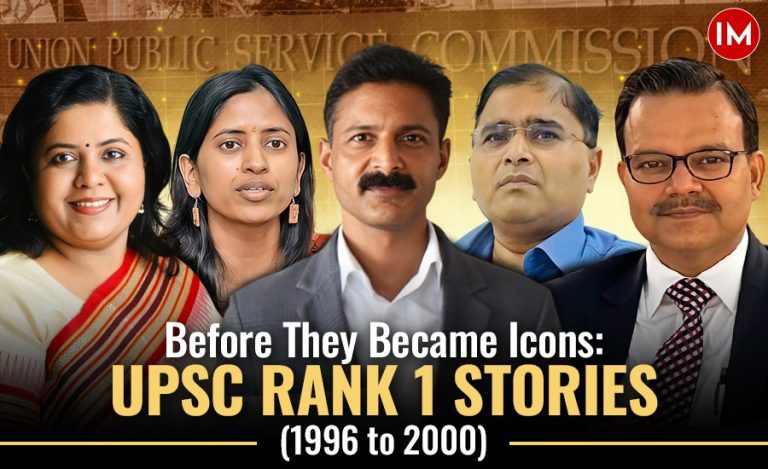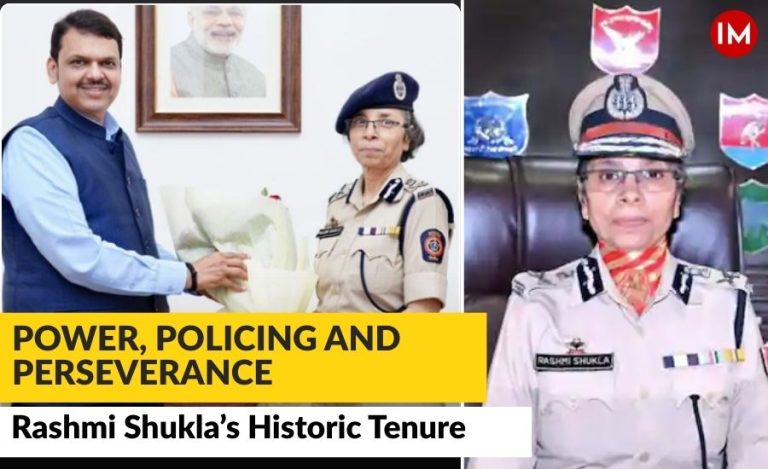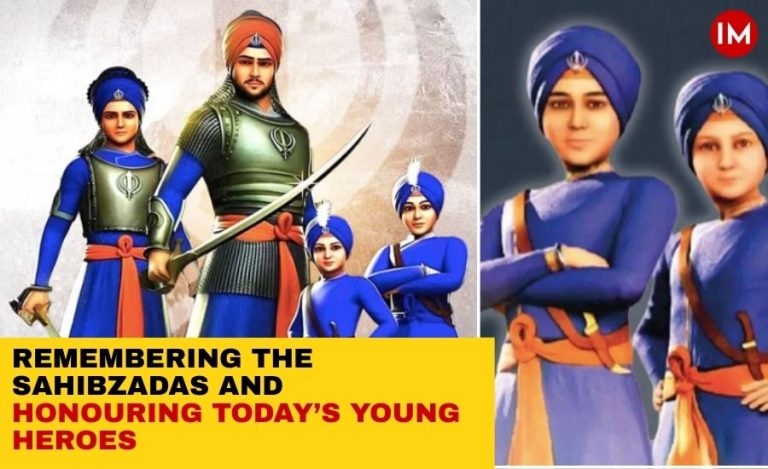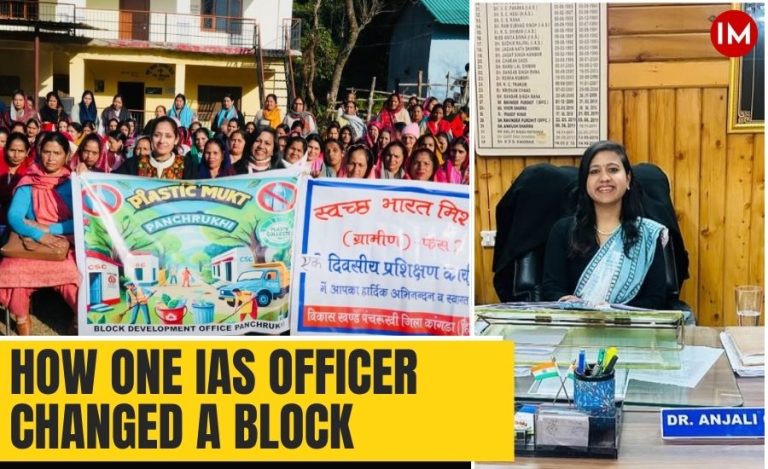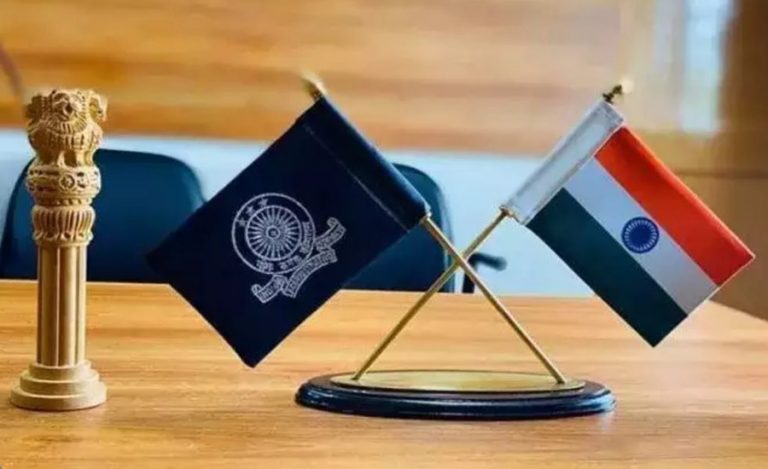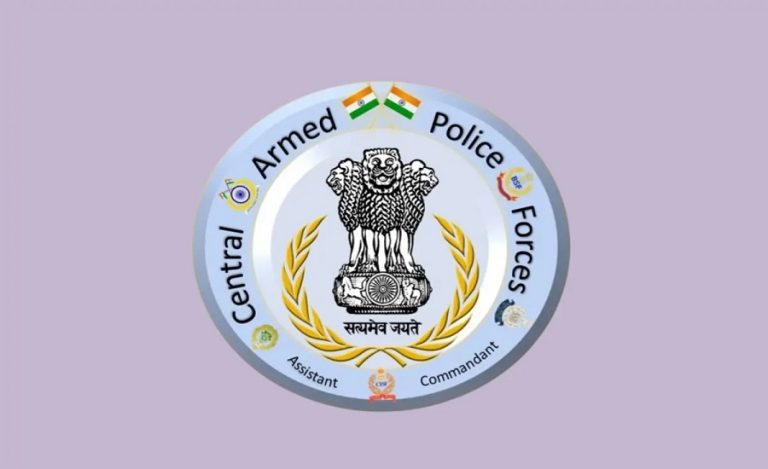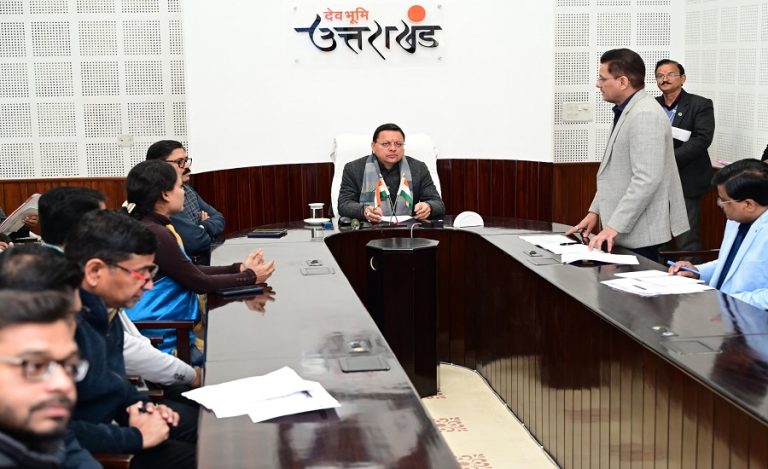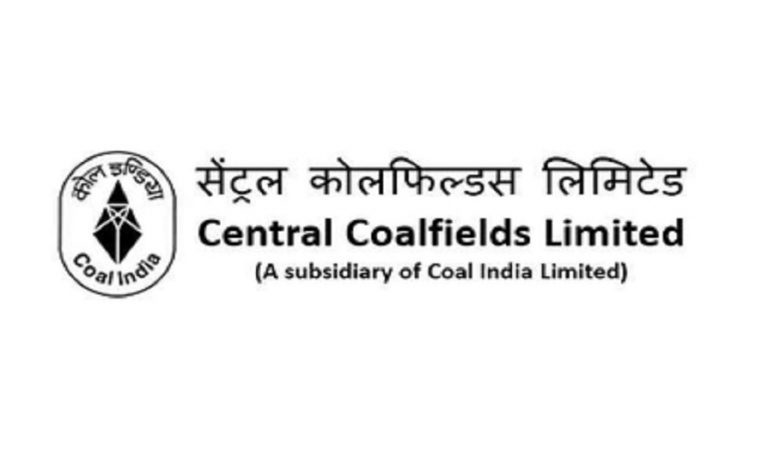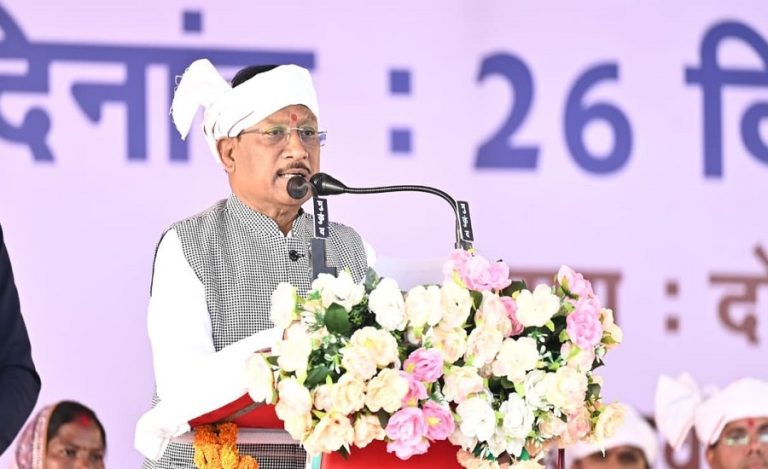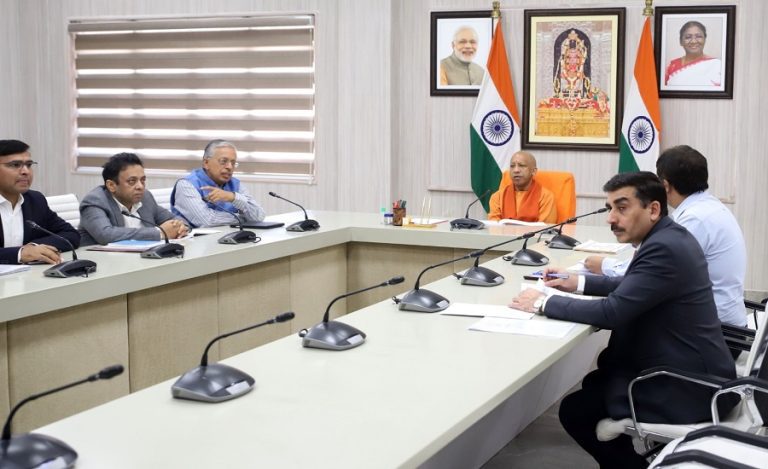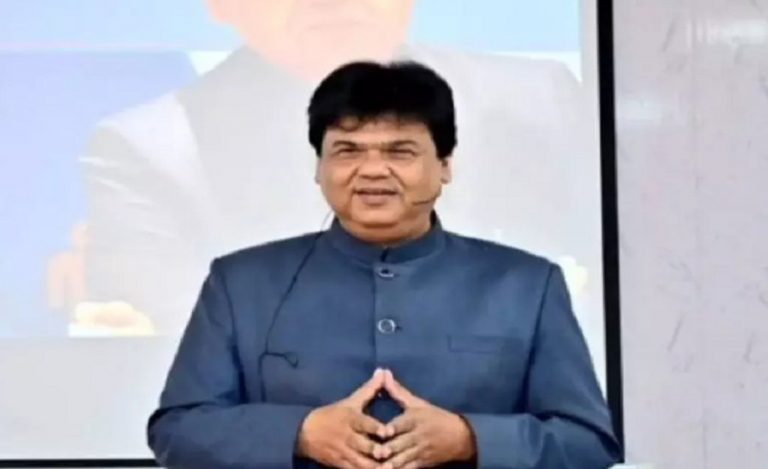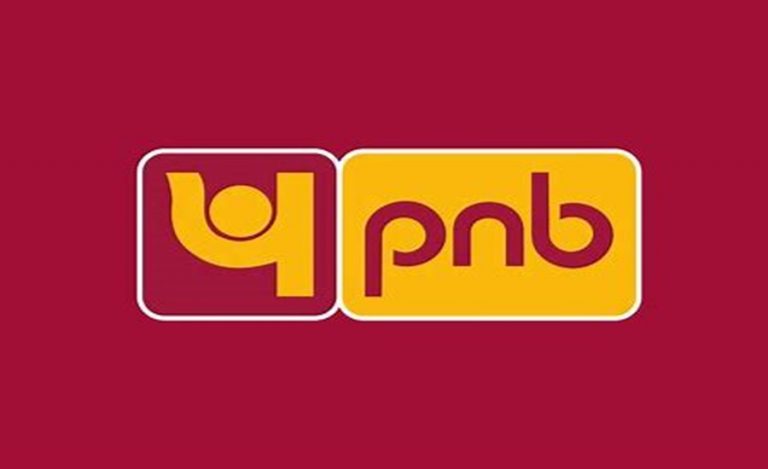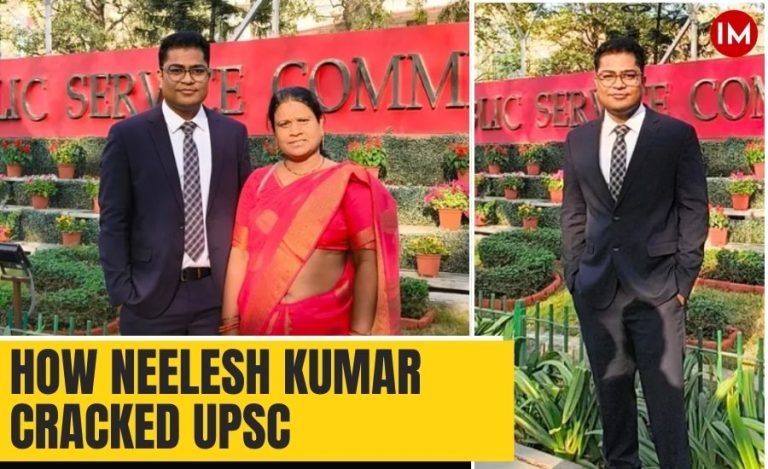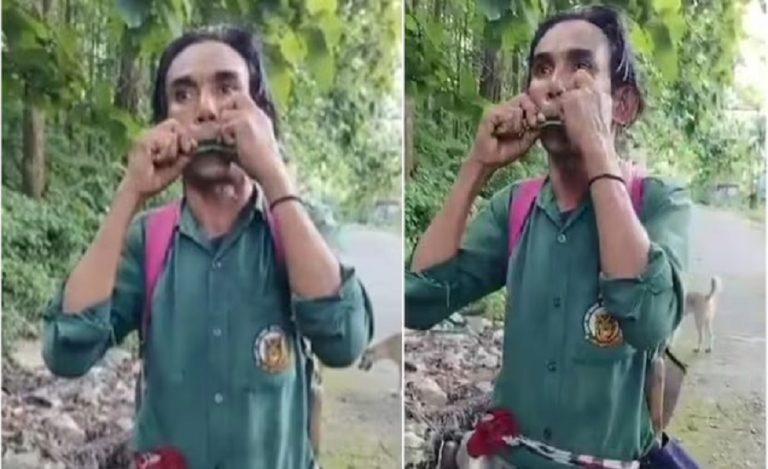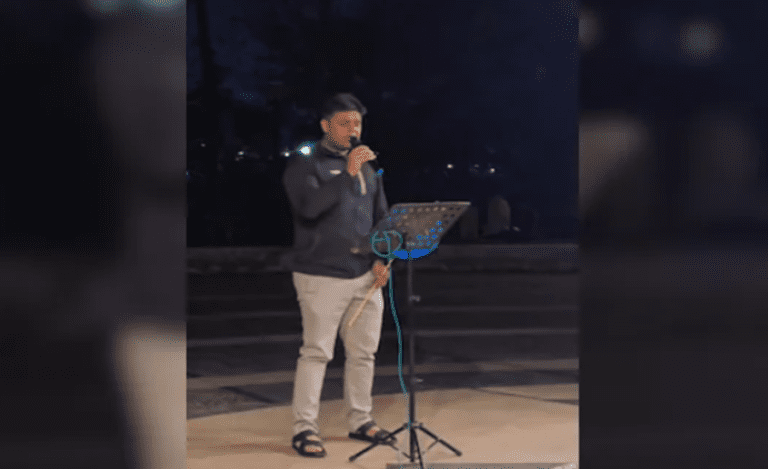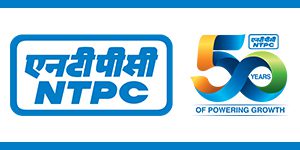Parvathipuram Manyam, a predominantly tribal district in Andhra Pradesh, has long struggled with maternal and child healthcare challenges. Limited access to medical facilities, high rates of maternal and infant mortality, and gaps in essential health services have made healthcare one of the district administration’s top priorities.
Leading the charge to change this reality is IAS Nishant Kumar (2014 batch, Andhra Pradesh cadre), the District Collector, who has launched an ambitious initiative—PRISM 10 (Project for Reduction of
Infants’ Mortality Rate below 10). This program is designed to address critical gaps in maternal and child healthcare by leveraging technology, community participation, and government resources.
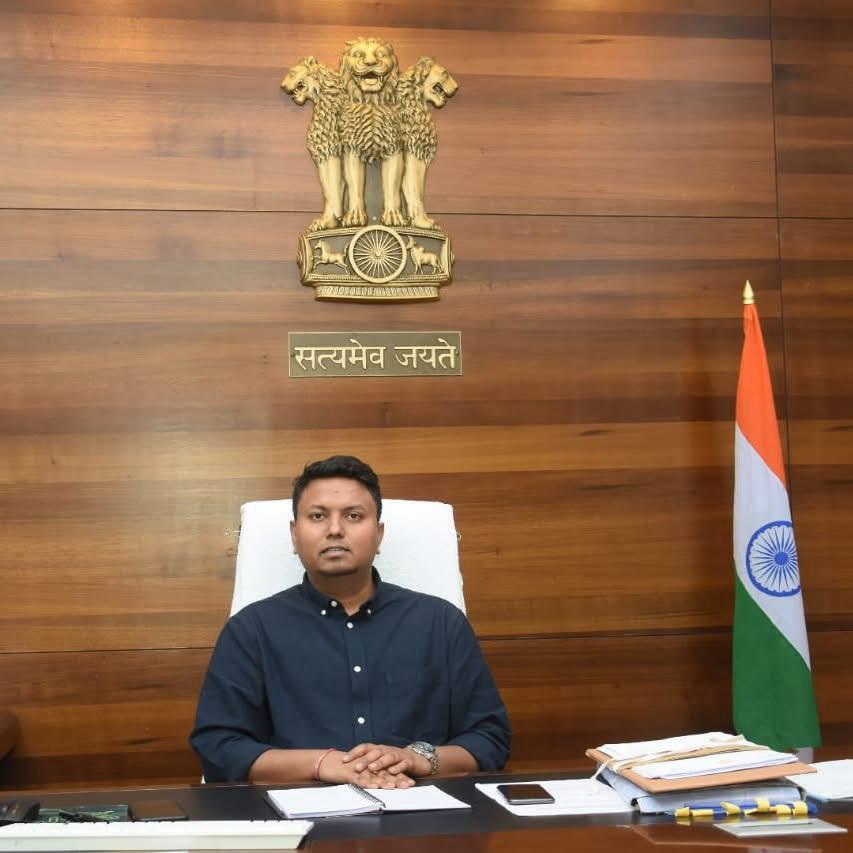
THE NEED FOR PRISM 10
Despite various government interventions, the district faced persistent issues, particularly in its tribal-dominated mandals. Poor road connectivity and a lack of awareness about healthcare facilities meant that many expectant mothers did not receive antenatal care, leading to complications during childbirth. The district also recorded a high prevalence of home deliveries, which increased risks for both mothers and newborns. Additionally, many families lacked awareness about neonatal care, breastfeeding, and immunisation, resulting in preventable deaths among infants.
Recognising these challenges, Nishant Kumar took a proactive approach to identify the most vulnerable areas and populations. “We had to go beyond conventional solutions. We needed a targeted, multi-pronged strategy that ensures timely intervention, strengthens grassroots healthcare, and fosters trust among communities,” Mr. Kumar shared with Indian Masterminds.
KEY COMPONENTS OF PRISM 10
PRISM 10 focuses on 10 high-risk mandals, where maternal and infant mortality rates have been particularly concerning. The initiative is built on three core pillars:
- Strengthening Healthcare Infrastructure
- Primary Health Centres (PHCs) and Sub-Centres in the targeted mandals have been equipped with essential medical facilities and trained personnel.
- The number of delivery points has been increased to ensure that no mother has to travel long distances for institutional deliveries.
- A special focus has been placed on hiring additional auxiliary nurse midwives (ANMs) and ASHA workers to provide doorstep healthcare.
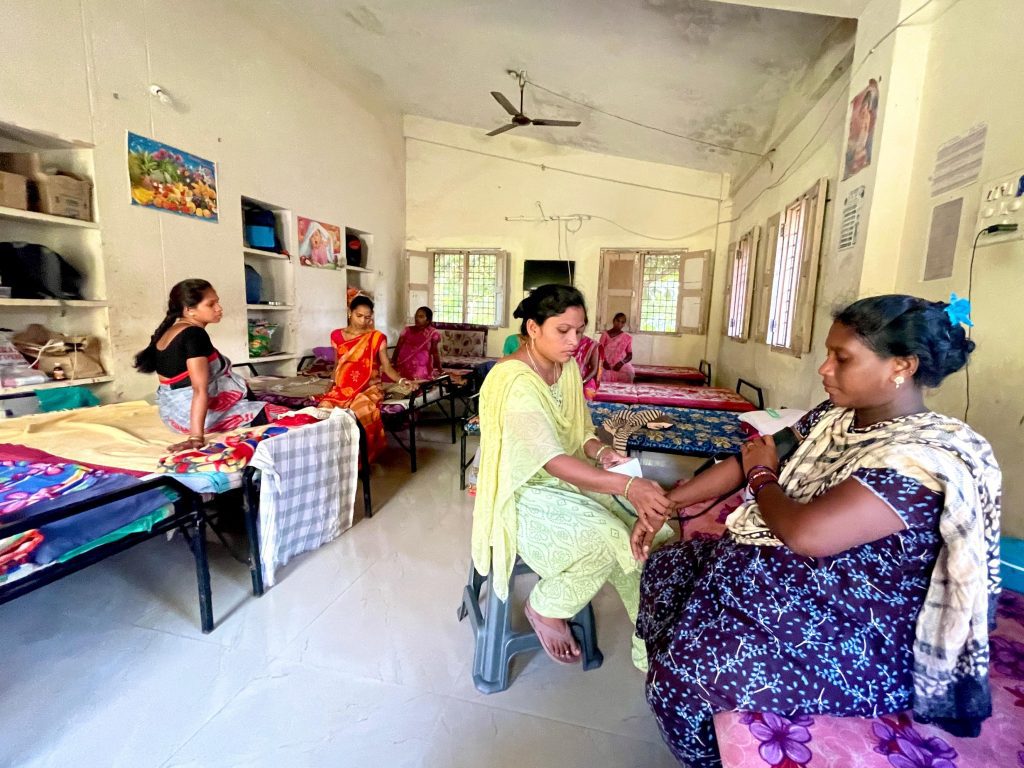
- Technology-Driven Monitoring
- A real-time tracking system has been introduced to monitor high-risk pregnancies. Frontline health workers update pregnancy data into a digital dashboard, allowing doctors and administrators to intervene when necessary.
- Emergency response teams have been set up, ensuring that pregnant women in distress receive immediate medical attention.
- Telemedicine services have been expanded to enable specialist consultations for pregnant women in remote areas.
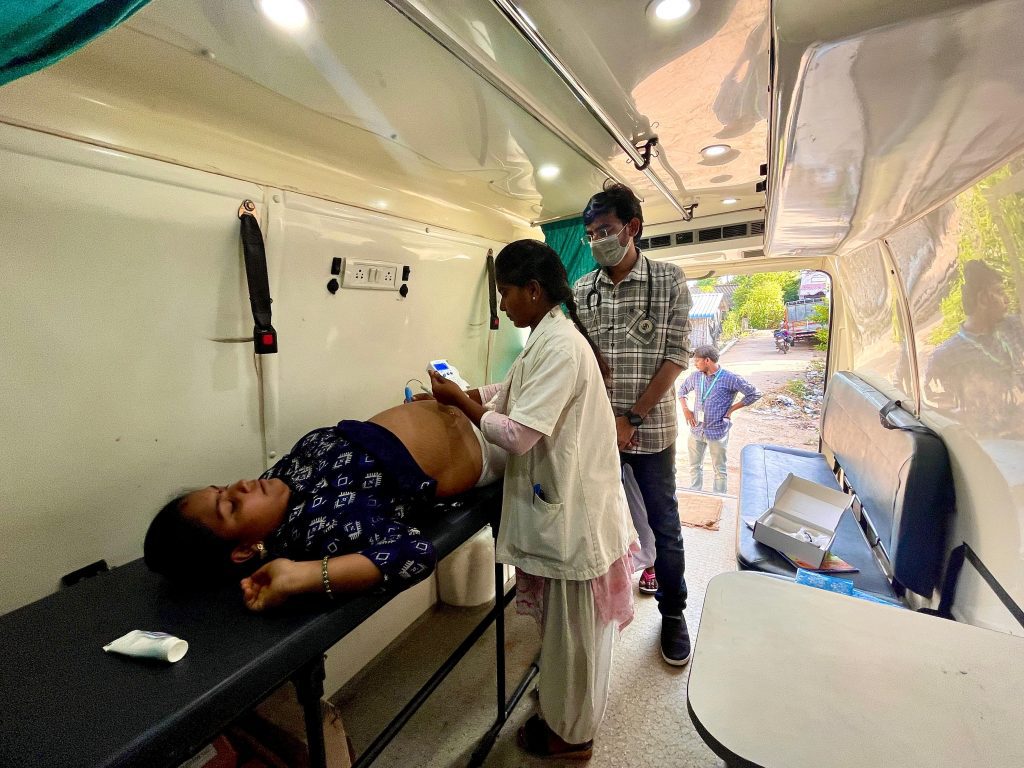
- Community Engagement and Awareness
- Mass awareness campaigns are being conducted to educate families on the importance of antenatal checkups, hospital deliveries, nutrition, and newborn care.
- Village-level meetings, led by ASHA workers and community leaders, are being held to break myths and encourage institutional deliveries.
- ‘Swasthya Sakhis,’ or health volunteers from within tribal communities, have been trained to act as local healthcare champions, bridging the gap between government services and traditional beliefs.
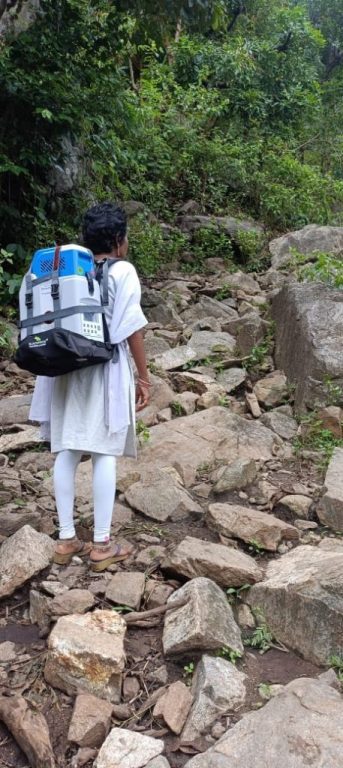
THE IMPACT SO FAR
Mr. Kumar further shared that the early results of PRISM 10 have been promising. Since the launch of the initiative, the number of institutional deliveries in the targeted mandals has significantly increased. More pregnant women are now receiving antenatal care, and vaccination rates among infants have improved. The emergency response system has already saved multiple lives by ensuring timely medical intervention in high-risk cases.
One of the most significant changes has been the rise in trust between the tribal communities and healthcare providers. “Healthcare solutions can only be effective when people trust the system. By involving the community at every step, we are not just saving lives but also building a sustainable model for future generations,” explains Mr. Kumar.
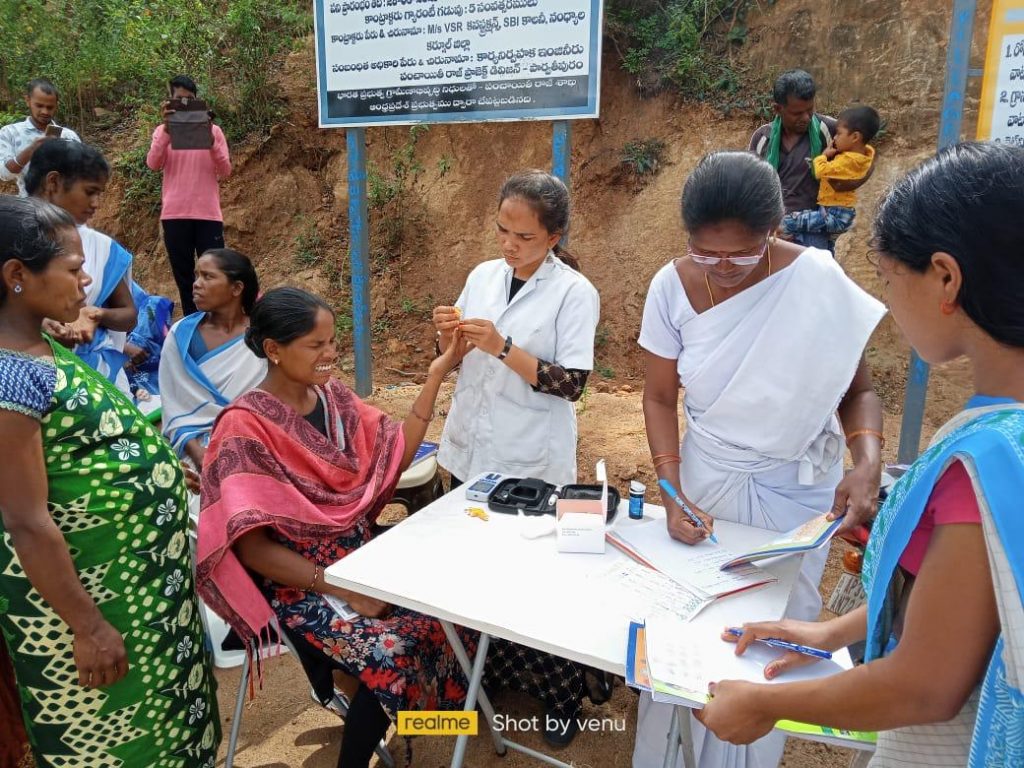
A crucial factor in the success of PRISM 10 has been the active role of health workers and volunteers who have built strong relationships within their communities. Women who once resisted hospital deliveries are now advocating for safer childbirth practices among their peers. Additionally, with better nutrition programs in place, there has been a noticeable decline in cases of severe anaemia among pregnant women, reducing the risks of pregnancy complications.
CHALLENGES AND ROAD AHEAD
Despite the progress, challenges remain. Some tribal hamlets are still difficult to access, particularly during the monsoon season when roads become impassable. Cultural barriers also continue to pose difficulties, with some families hesitant to adopt modern medical practices. However, the administration remains committed to overcoming these obstacles through continuous engagement and adaptive strategies.
“Plans are underway to further expand the reach of PRISM 10 by introducing mobile medical units that can provide healthcare services in the most remote regions,” the officer added. Efforts are also being made to integrate traditional knowledge with modern healthcare practices to make interventions more acceptable to local communities.
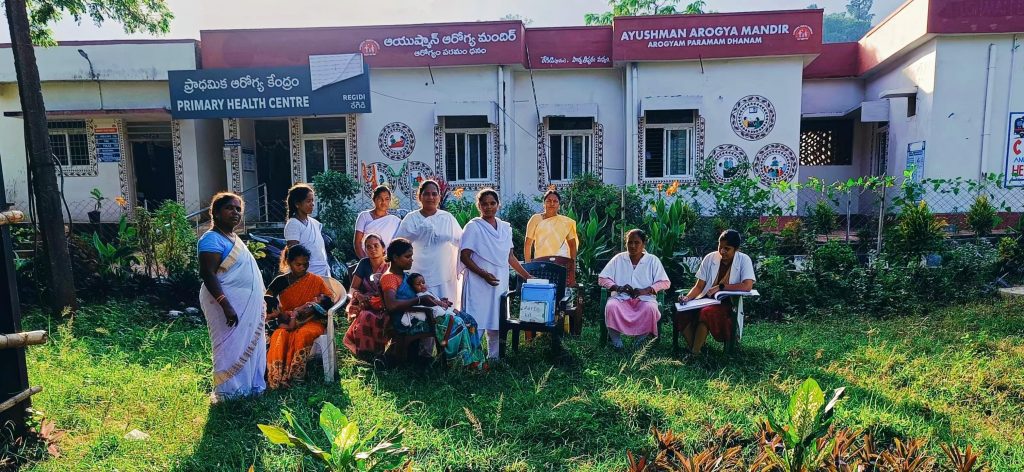
The Andhra Pradesh government has taken note of the initiative’s success and is considering scaling it up to other high-risk areas in the state.
PRISM 10 is more than just a government initiative—it represents a shift in the way public healthcare is delivered to marginalised communities. By blending technology, grassroots involvement, and administrative efficiency, Nishant Kumar and his team have demonstrated how targeted interventions can bring tangible improvements in maternal and child health.

As IAS officer Nishant Kumar puts it, “A healthy mother and child are the foundation of a strong society. Our goal is to ensure that every woman in our district receives the care she deserves, regardless of where she lives.”

